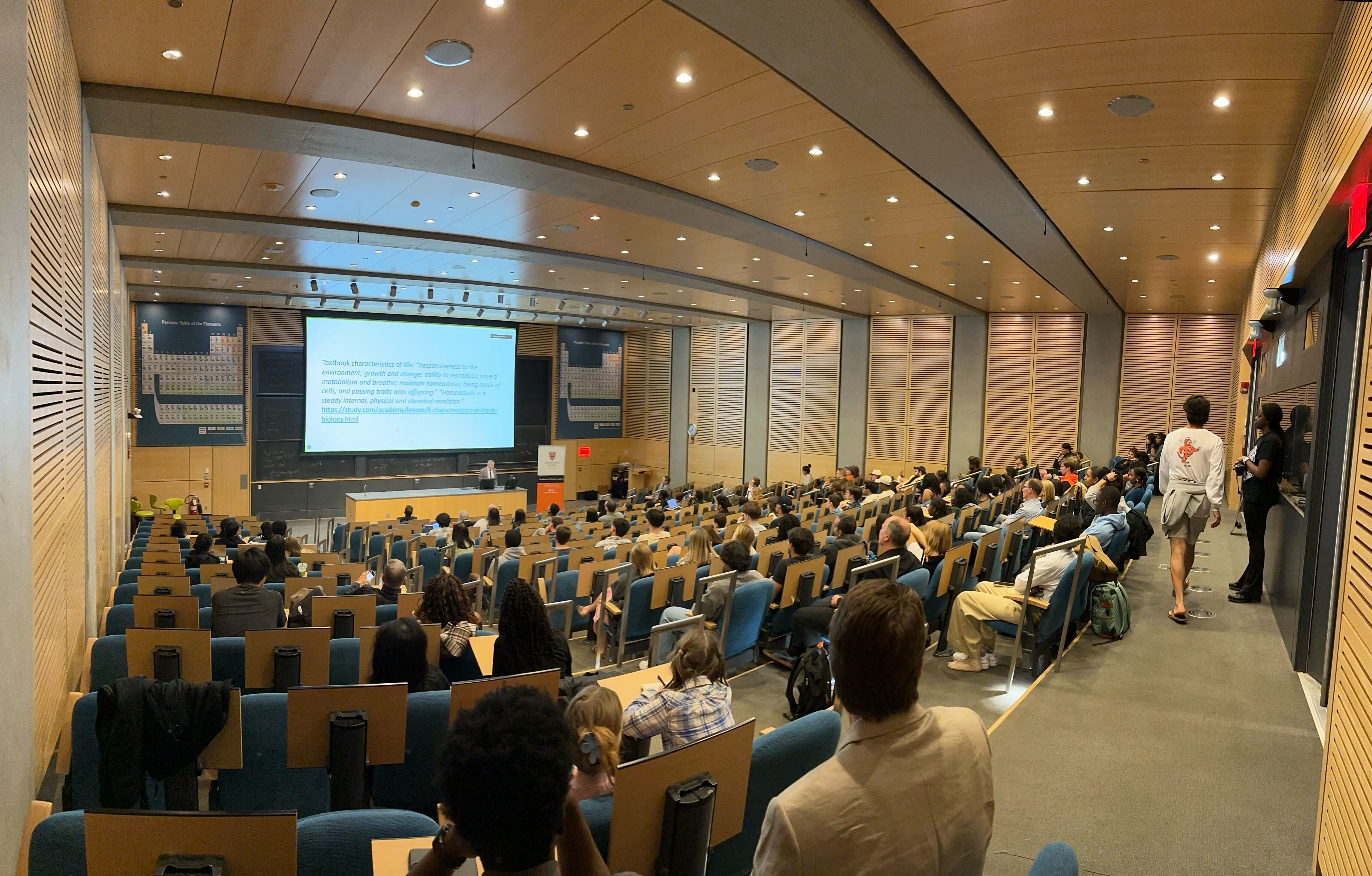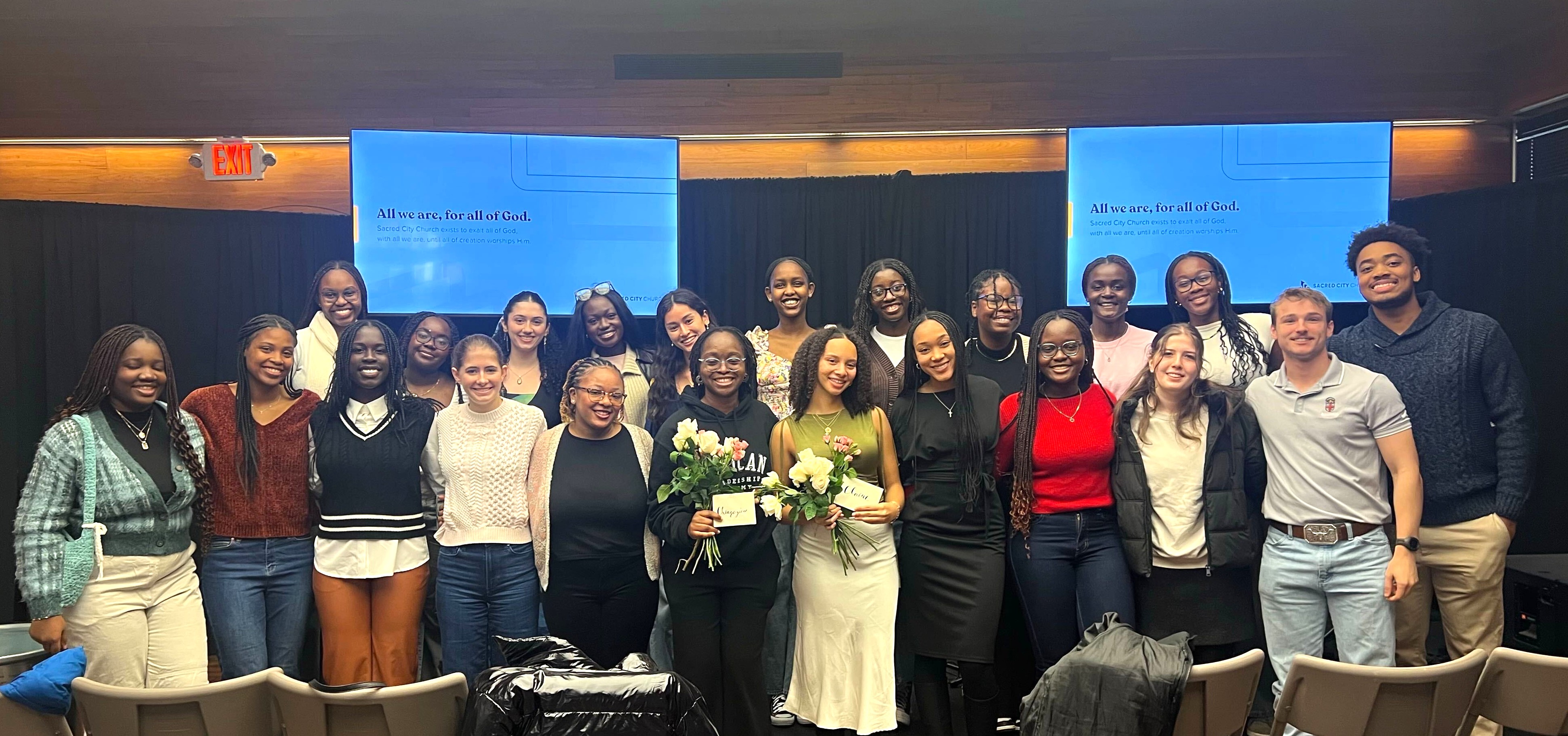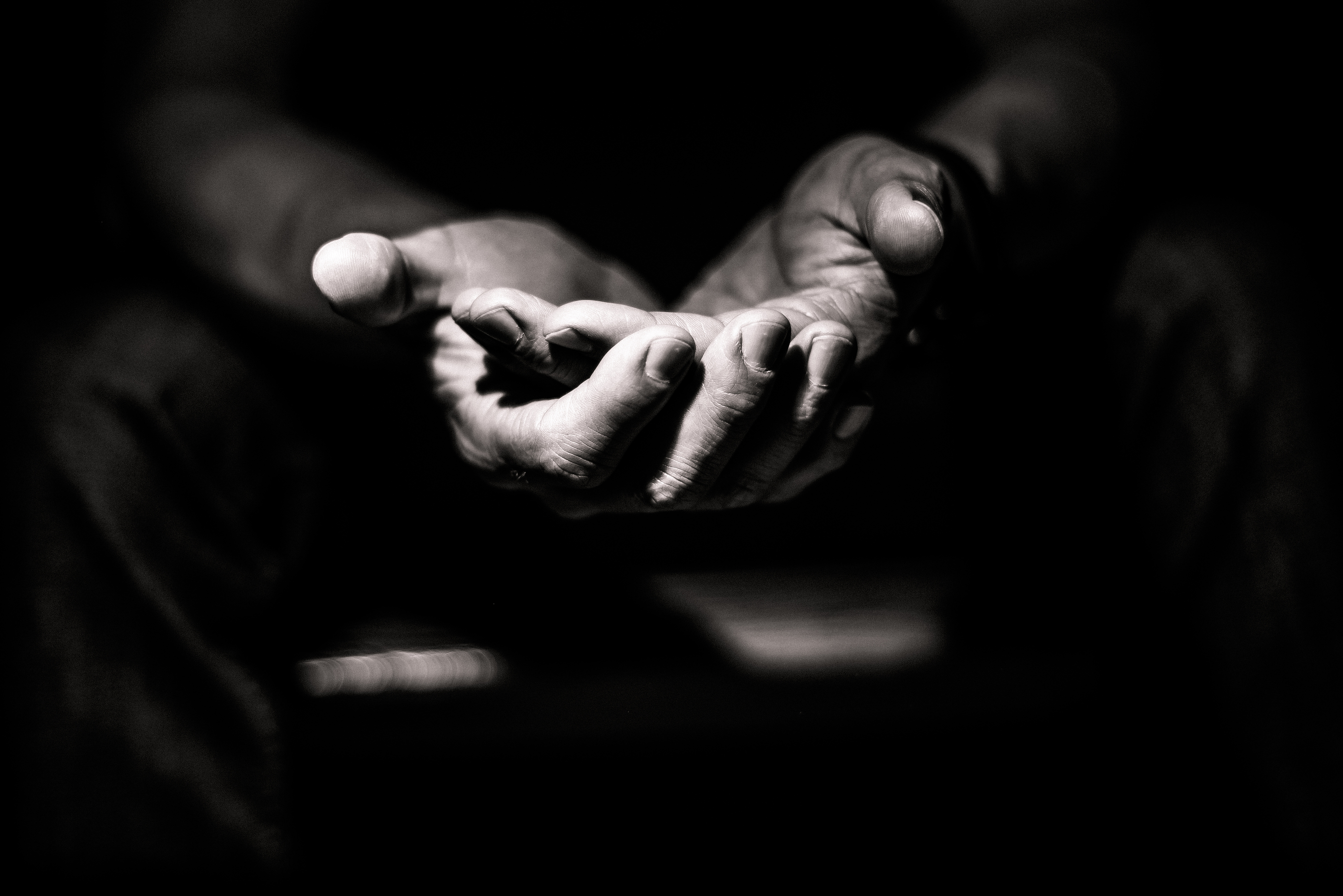A Webinar with Dr. Lydia Dugdale
Guest speaker, Dr. Lydia Dugdale spoke to the changes in our perception of death throughout art and history in CU New York’s first virtual forum on Monday, April 13, 2020. This webinar hosted more than 100 guests from across the nation - a unique opportunity for CU New York supporters, friends, and CU Alumni to commune together at this challenging time.
With reference to her forthcoming book The Lost Art of Dying, Prof. Dugdale began her presentation with an examination of the Triumph of Death, a work of art completed by Dutch painter Peter Bruegel (the Elder) in 1562. The work depicts the struggle of society to logistically handle the dead and escape death itself during the Black Death plague of the 14th century. The images in this painting - piles of bodies, skeletal-like figures, a man begging for mercy from a skeleton with his sword raised - are strikingly morbid to our modern eyes. She used this piece to reference the sharp contrast between the modern perception of death and the prominent reality of death throughout history.
From pestilence to famine to war, recurring cycles of spikes in fatality were common and this painting, as Lydia noted, was created to represent true experiences of the human narrative. Of course, there wasn’t any actual bargaining with skeletons, but the individual and communal struggle with mortality was a tangible reality - one which in the midst of the outbreak of COVID-19, has been brought to the forefront of our consciousness.
As with the Triumph of Death (pictured above), art has a way of expressing the human heart in a way that words cannot. Lydia references the importance of the Ars Moriendi, a text from the 15th century on “dying well”. This text was popular until the early 20th century. While originally published in 1415 as a longer text, in 1450 it was translated into an illustrated version with only brief descriptions in text. These Ars Moriendi images were significant because they could be understood by those of every economic and social level, regardless of literacy. The images reflected the five temptations faced by the dying - impatience, despair, pride, doubt and greed.
Each print contained one image of the temptation and another of the resolution or consolation. For example the temptation to despair, would be paired with the response of hope. Significantly, the message of these images was not just to teach one how to die, but rather how to live virtuously. In facing our own mortality, we are challenged by these images to live a life of patience, hope, humility, assurance, and generosity.
Art can be a source of comfort and release of emotion, especially during seasons of anxiety and suffering. Lydia also spoke about the Isenheim Altarpiece (1512-1516), a masterpiece originally commissioned to be used as art therapy. This piece (pictured below) depicted Jesus as if he was affected by either the plague or another common disease at the time, St. Anthony’s fire. In this image, Jesus is flanked on either side by well-known Saints who had endured suffering virtuously. The sick were invited to drink a holy wine called saint vinage, eat bread and meditate on the images presented in the piece at the altar. To a Christian viewing the piece, they may be reminded and encouraged by the empathy of Christ and His understanding of human suffering and pain.
These works, though heavy in nature, identify common truths about suffering and death. Death throughout history was intertwined with life rather than separated from it. The traditions of the church drew on the integration of life and death - that dying well first requires living well. Prof. Dugdale suggested that this perspective can provide insight into how we choose to respond to the suffering of this current season.
Speaker Bio Lydia Dugdale MD, MAR, is associate professor of medicine and director of the Center for Clinical Medical Ethics at Columbia University. Prior to her 2019 move to Columbia, she was Associate Director of the Program for Biomedical Ethics and founding Co-Director of the Program for Medicine, Spirituality, and Religion at Yale School of Medicine. She is an internal medicine primary care doctor and medical ethicist.
Lydia Dugdale MD, MAR, is associate professor of medicine and director of the Center for Clinical Medical Ethics at Columbia University. Prior to her 2019 move to Columbia, she was Associate Director of the Program for Biomedical Ethics and founding Co-Director of the Program for Medicine, Spirituality, and Religion at Yale School of Medicine. She is an internal medicine primary care doctor and medical ethicist.
Lydia edited Dying in the Twenty-First Century (MIT Press, 2015) and is author of the forthcoming The Lost Art of Dying Well (HarperOne, 2020).
More about CU New York: Christian Union New York is a ministry of Christian Union developing and equipping leaders in New York City to engage culture with the Christian faith. Learn more about Christian Union and its ministry at key universities and in New York City.
CU New York Forums highlight thoughtful leaders in various fields speaking on leadership and the engagement of the world with faith. These forums provide an opportunity for Christian leaders in New York City to discuss and debate the role and implications of faith in the public square.












